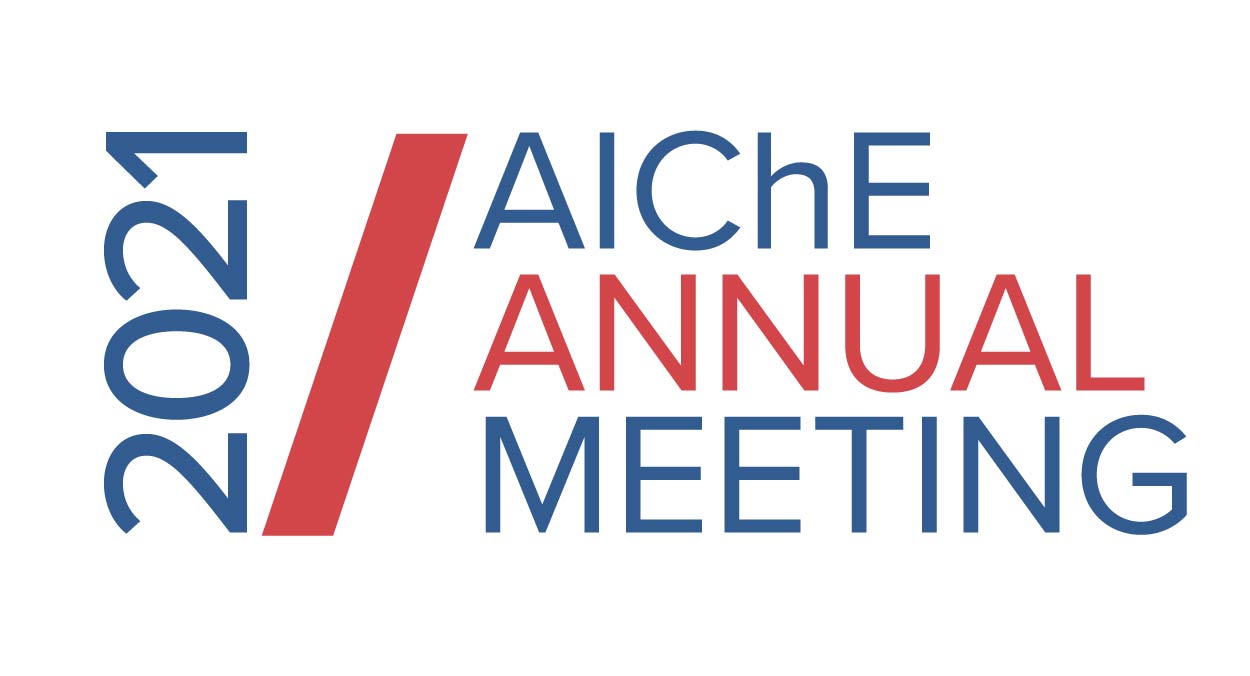

We have developed a two-step process to produce DMBP selectively using biomass-derived 2-methylfuran (MF) and ethylene (Scheme). The first step consists of the oxidative coupling of MF to form 5,5’-dimethyl-2,2’-bifuran (DMBF) through Pd(II)-based homogeneous catalysis, and the second step consists of the addition of ethylene to DMBF via a Diels-Alder cycloaddition-dehydration tandem reaction using heterogeneous acid catalysts. We will discuss an optimized protocol for the oxidative coupling of MF to DMBF with Pd(OAc)2 as catalyst precursor. Site-time-yield (STY) of the reaction (7.0 h-1) was improved by a factor of ~20 in presence of trifluoroacetic acid (TFA), compared with the initially reported STY. High O2 pressure and high TFA concentration are necessary to improve the DMBF formation rate. Phosphoric acid-on-silica (P-SiO2) catalyzes the Diels-Alder dehydration tandem reactions of DMBF with ethylene to generate DMBP (83% yield), with a carbon balance of ~93%. The moderate Brønsted acidity of P-SiO2 leads to the high conversion and selectivity. This alternative provides a completely renewable path to DMBP synthesis with a combined yield of 49% and selectivity of 78%. This result enables multiple opportunities for the production of promising and sustainable polymers and chemical products.
